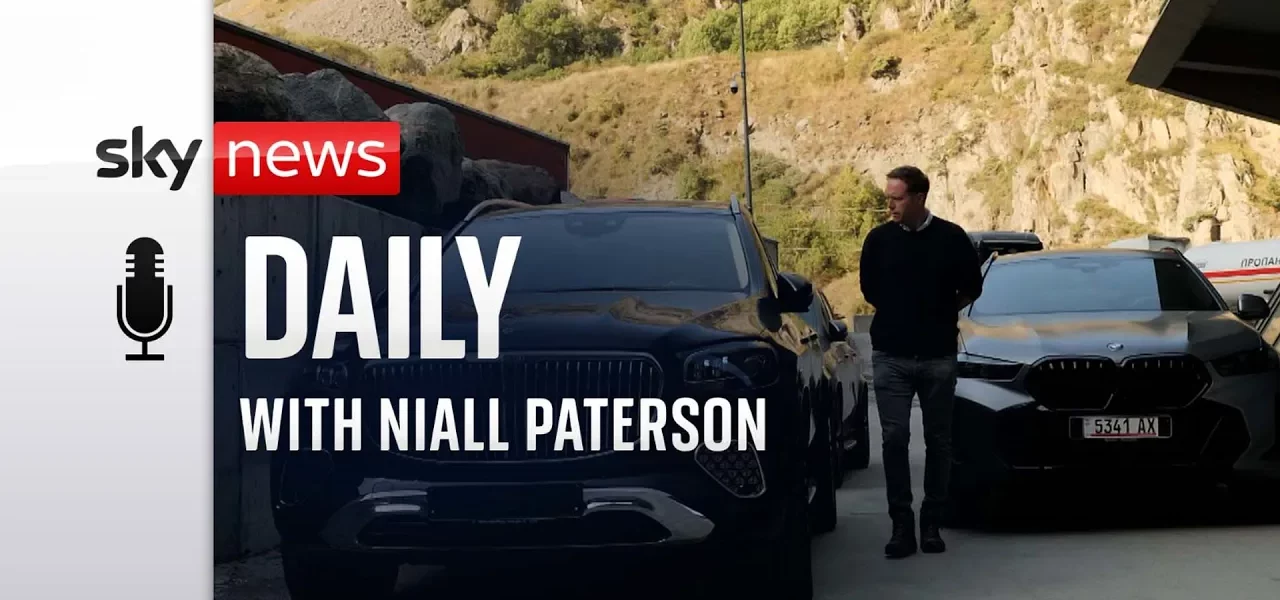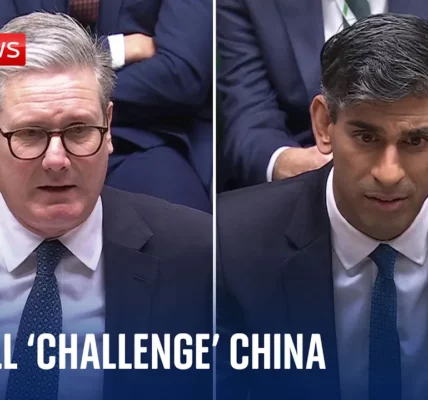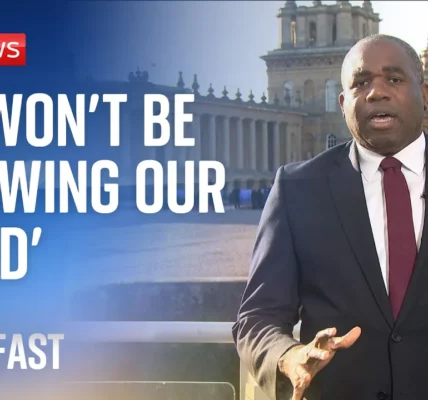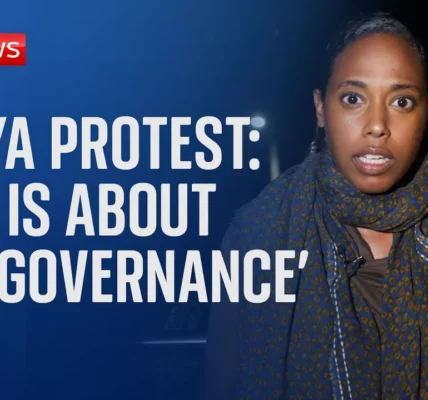How Russian Sanctions are Circumvented: The Case of Luxury Cars

In this article, we delve into how sanctions imposed on Russia following its invasion of Ukraine have been circumvented, particularly concerning the trade of luxury cars. Our economics editor, Ed Conway, uncovers the pathways through which these vehicles find their way back into Russia, despite the sanctions aimed at crippling the Russian economy.
Introduction
Since the invasion of Ukraine, numerous sanctions have been implemented to impede Russia’s military capabilities and restrict access to luxury goods for the country’s oligarchs. Initially, these sanctions appeared robust, targeting high-value items, including luxury cars. However, recent investigations have unveiled a troubling trend: while sales of British vehicles to Russia plummeted, sales to former Soviet states such as Georgia and Azerbaijan surged. This article explores how these vehicles are being rerouted back into Russia and the implications for the effectiveness of the sanctions.
The Impact of Sanctions on Luxury Car Sales
When sanctions were first introduced, the intention was clear: to diminish Russia’s war capabilities and restrict the luxury lifestyles of those in power. However, data analysis reveals an unexpected increase in luxury car sales to neighboring countries. This section examines the initial goals of the sanctions and how the data has shifted since their implementation.
Initial Sanctions on Luxury Goods
The sanctions imposed included a wide array of high-value items, specifically targeting:
- Luxury vehicles
- Dual-use goods (items that can be used for both civilian and military purposes)
- High-end electronics
These measures aimed to cut off the supply lines that supported the Russian regime. However, the real-world effects of these sanctions were not as straightforward as anticipated.
Sales Trends Pre- and Post-Sanctions
Following the sanctions, UK exports of vehicles to Russia saw a dramatic decline. Conversely, exports to countries like Azerbaijan and Georgia experienced a notable increase:
- Sales to Azerbaijan increased significantly.
- Georgia became a key transit point for vehicles intended for Russia.
This pattern raises questions about the effectiveness of the sanctions and whether they are achieving their intended goals.
Investigation into Vehicle Rerouting
To understand how these luxury vehicles are making their way back into Russia, Ed Conway embarked on a field investigation. This section highlights the findings from his journey and the implications of these discoveries.
The Journey to the Border
Conway traveled to the Lars checkpoint at the border of Georgia and Russia, a known conduit for luxury cars. Upon arrival, he noted:
- Numerous luxury cars, often still in their factory wrappings.
- The presence of various high-end brands, including Porsches and Range Rovers.
This observation painted a vivid picture of the scale and organization of this operation.
The Mechanism of Rerouting
The process of getting vehicles into Russia involves several intermediary steps:
- Cars are transported to the border by a carrier.
- A middleman takes over, handling paperwork and transit plates.
- Cars are then driven across the border with misleading declarations, often claiming they’re headed to Kazakhstan or other countries.
This system allows the cars to bypass customs data tracking, effectively hiding them from scrutiny.
The Economic Implications for Georgia and Azerbaijan
The influx of luxury vehicles has not only affected Russia but has also had significant economic repercussions for neighboring countries. This section explores how these trades are benefiting local economies.
Economic Growth in the Caucasus Region
Both Georgia and Azerbaijan have seen an uptick in their GDP, attributed in part to:
- Increased employment opportunities in logistics and trade.
- Higher revenue from the sale of luxury goods.
This economic boost raises questions about the long-term sustainability of such practices and their ethical implications.
Challenges for the Sanctions Regime
The ongoing trade route challenges the notion of a robust sanctions regime. The reality is that:
- Sanctions may be circumvented more easily than anticipated.
- Luxury goods are still accessible to Russian citizens, undermining the sanctions’ intent.
This situation calls into question the effectiveness of current strategies and whether they need a reevaluation.
Conclusion
The investigation into how luxury cars are circumventing Russian sanctions reveals a complex web of trade that undermines the intended economic pressures. While the sanctions were designed to limit the Russian war machine and restrict access for oligarchs, the reality is far more nuanced. The ongoing trade to Russia through neighboring countries suggests that the sanctions regime is not as effective as claimed. As these patterns continue, it becomes crucial for policymakers and businesses to reassess their strategies and ensure that sanctions serve their intended purpose. For more on this topic, explore our related articles on the impact of sanctions on global trade and the ongoing conflict in Ukraine.
“`




